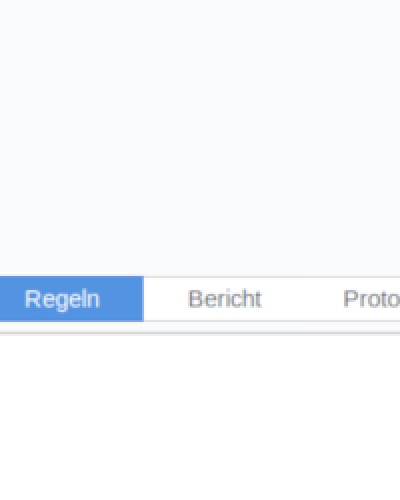Eine Übersicht der Unterschiede von 'stable', 'testing' und 'unstable'
Current Releases/Repositories
The sequence of package propagation in the Debian development process is as follows:
- → experimental
- → unstable → testing → stable
- stable - The current stable release
The stable distribution contains the latest officially released distribution of Debian.
- testing - The next generation release
The testing distribution contains packages that haven't been accepted into a stable release yet, but they are in the queue for that. The main advantage of using this distribution is that it has more recent versions of software.
Q: How is security handled for testing?
A: Security for testing benefits from the security efforts of the entire project for unstable. However, there is a minimum two-day migration delay, and sometimes security fixes can be held up by transitions. The Security Team helps to move along those transitions holding back important security uploads, but this is not always possible and delays may occur. Especially in the months after a new stable release, when many new versions are uploaded to unstable, security fixes for testing may lag behind. If you want to have a secure (and stable) server you are strongly encouraged to stay with stable.
- unstable - The unstable development release (Sid), where new or updated packages are introduced.
The unstable distribution is where active development of Debian occurs. Generally, this distribution is run by developers and those who like to live on the edge.
Q: How is security handled for unstable?
A: Security for unstable is primarily handled by package maintainers, not by the Debian Security Team. Although the security team may upload high-urgency security-only fixes when maintainers are noticed to be inactive, support for stable will always have priority. If you want to have a secure (and stable) server you are strongly encouraged to stay with stable.
source:






